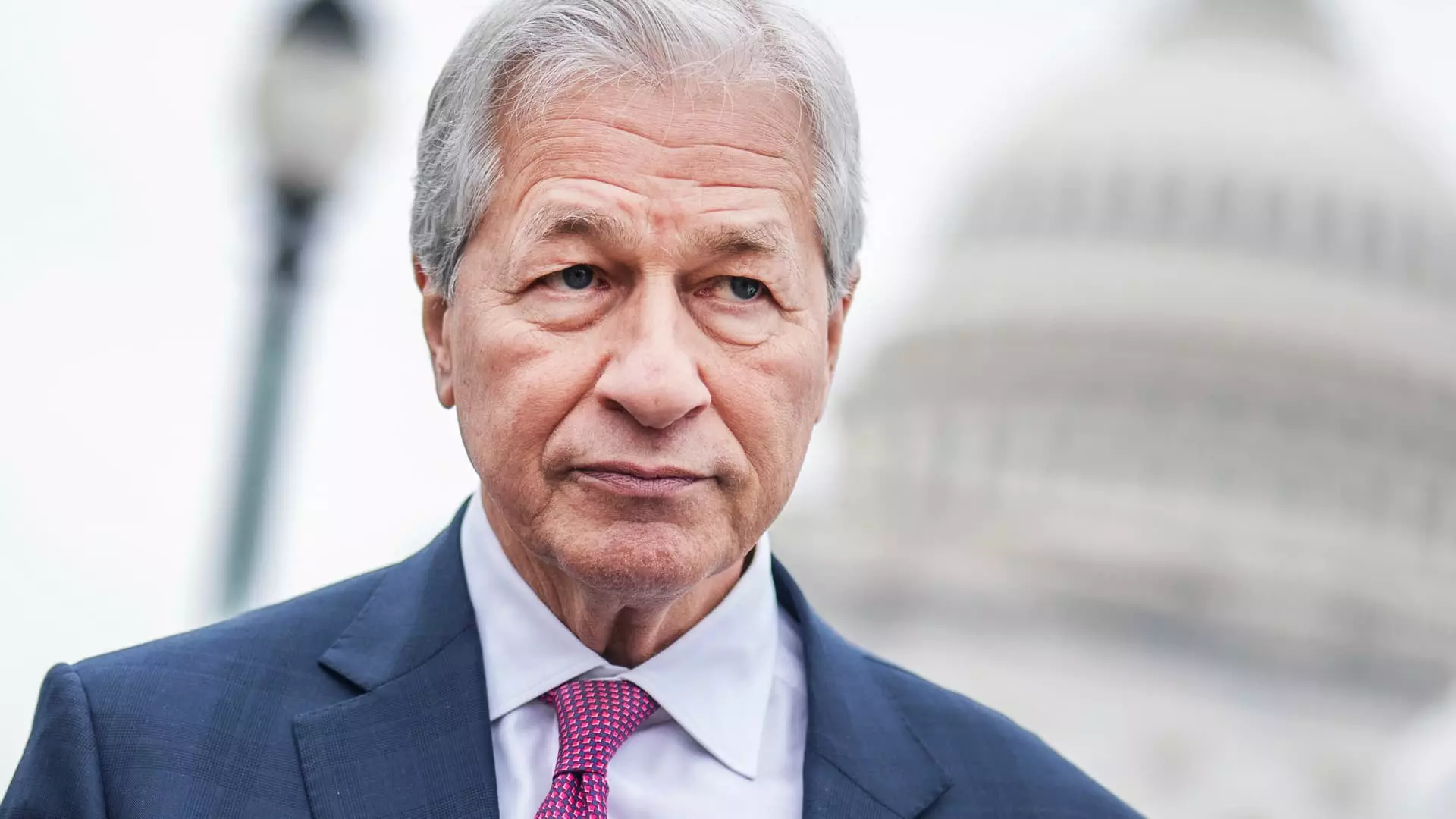In the rapidly evolving sphere of digital finance, one would expect financial giants to act as trailblazers rather than hesitant observers. Yet, JPMorgan Chase, under Jamie Dimon’s leadership, exemplifies a cautious approach that borders on skepticism. Dimon openly questions the appeal of stablecoins, dismissing their potential utility with a tone that suggests skepticism rather than excitement. However, this insistence on dabbling rather than diving entirely into cryptocurrency innovation reveals a deeper internal conflict within traditional banking institutions. They are painfully aware that the digital revolution is reshaping the landscape, and standing at the sidelines could mean losing relevance altogether. Still, their reticence underscores a fear of uncertainty—regulatory scrutiny, technological volatility, and potential reputational risks loom large.
Strategic Self-Preservation or Missed Opportunity?
While Dimon claims JPMorgan’s involvement with a limited issuance of deposit tokens and stablecoins is merely to “understand” them, the underlying motivation is far more strategic. The banking industry finds itself at a crossroads, caught between the necessity to innovate and the inertia of legacy systems. The move to explore stablecoins isn’t just a recognition of their practicality in digital payments; it’s a defensive maneuver. As fintech startups harness blockchain technology to bypass traditional banking rails, the risk of being rendered obsolete grows exponentially. These companies, unburdened by regulatory constraints and legacy infrastructure, stand poised to redefine how money flows and transforms in real time. To ignore stablecoins would be to willingly cede ground in a battle where agility and technological adoption are critical for survival.
The Illusion of Stability in a Changing World
Despite the name, stablecoins represent a complex paradox. They promise stability, but their actual resilience depends heavily on the backing assets and the regulatory environment that governs them. For major financial institutions like JPMorgan, the real allure lies in harnessing the efficiency and cost-effectiveness that stablecoins could introduce. Faster transactions, lower costs, and improved access to digital financial services are no longer optional—they are imperative. Yet, Dimon’s skepticism reveals a troubling underestimation of how vital this shift is to the future of banking. Traditional payment rails like ACH and SWIFT, which once seemed technological marvels, now lag behind in speed and flexibility. Clinging to these outdated systems under the guise of caution risks falling behind innovative players who are ready to redefine value exchange.
The Power Dynamics of Regulated Innovation
It is evident that large banks see stablecoins not just as a technological evolution but as a strategic necessity to maintain their dominance. Financial giants such as Citigroup and Bank of America openly discuss their own ventures into stablecoin issuance and related services. Their collective move toward tokenized deposits and digital asset custody indicates an understanding that the future financial infrastructure must be built on blockchain technology. Collaboration among banks through joint ventures or shared payment platforms like Zelle demonstrates an awareness that unity is essential in facing fintech disruptors. Dimon’s reluctance to engage openly in this coalition suggests a tension between conservative corporate culture and the exigencies of innovation. The question remains: will traditional banks adapt swiftly enough to safeguard their turf, or will they become relics of an outdated era?
The Center-Left Dilemma: Balancing Innovation and Responsibility
From a center-wing liberal perspective, the approach of institutions like JPMorgan reflects a nuanced dilemma. On one hand, embracing stablecoins offers the promise of greater financial inclusion, faster payments, and lower costs—all aligned with center-left ideals promoting equitable and efficient access to financial services. On the other hand, the reluctance to fully commit signals concerns over risks—money laundering, consumer protection, and the broader implications of unregulated digital currencies. The challenge for policymakers and financial institutions alike is to strike a balance that fosters innovation without compromising safety and stability. JPMorgan’s cautious involvement can be seen as an acknowledgment of this need, though it also raises questions about whether the traditional financial sector is genuinely prepared to lead in a transparent, responsible manner. Their stance in the ongoing power struggle hints at a broader nervousness—an acknowledgment that the future does not favor those hesitant to change, yet a hope that cautious steps can phase in responsible innovation.

